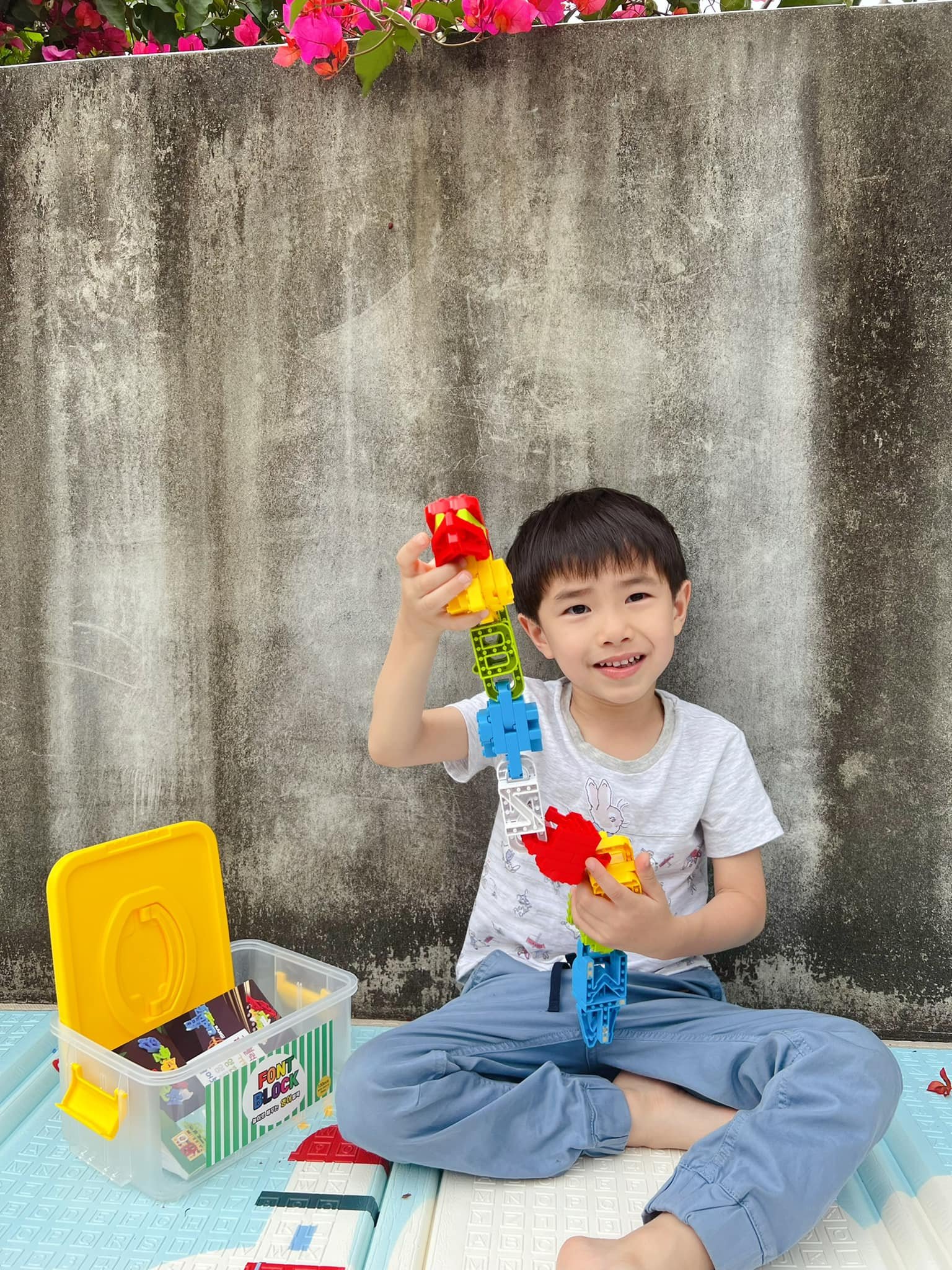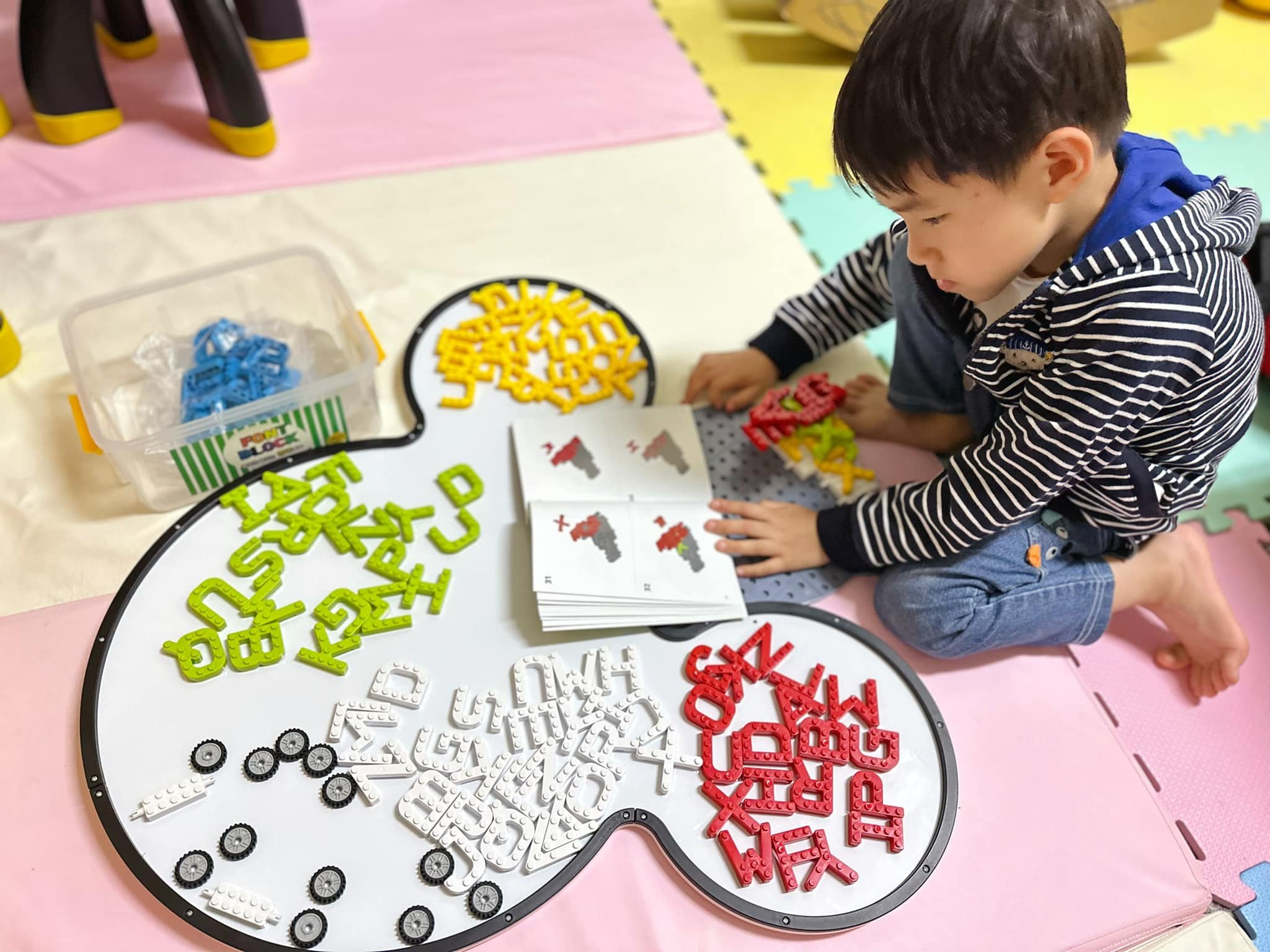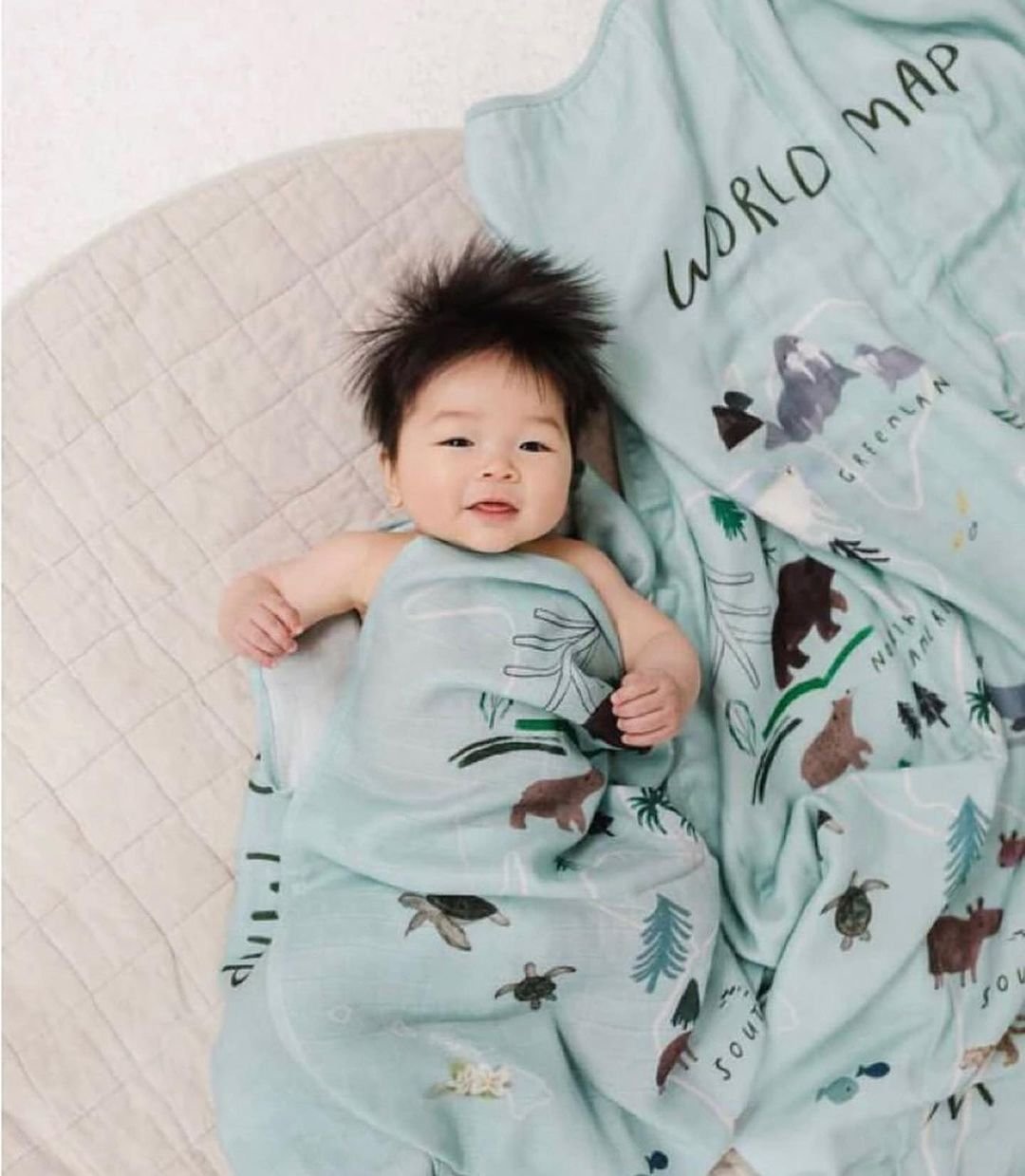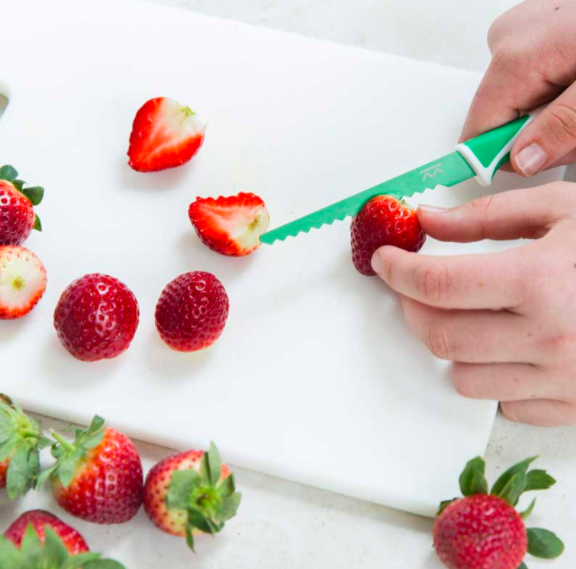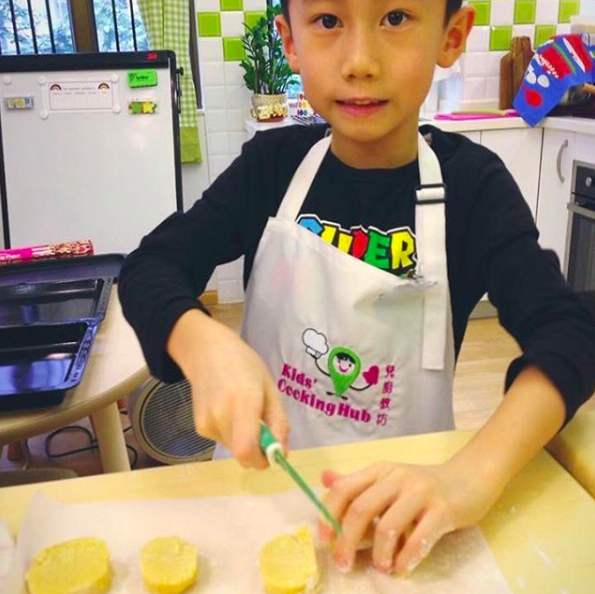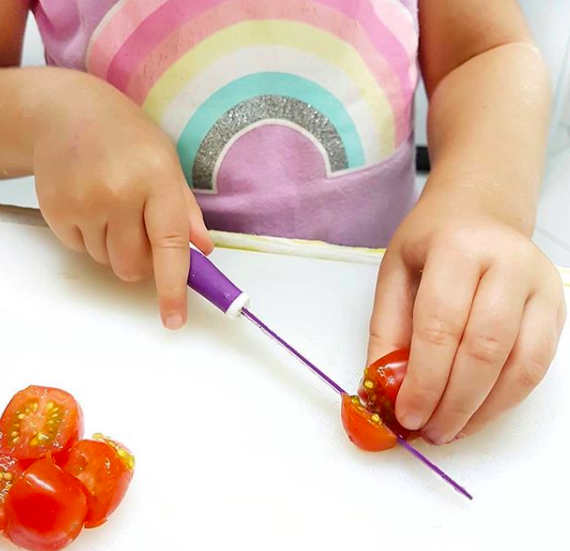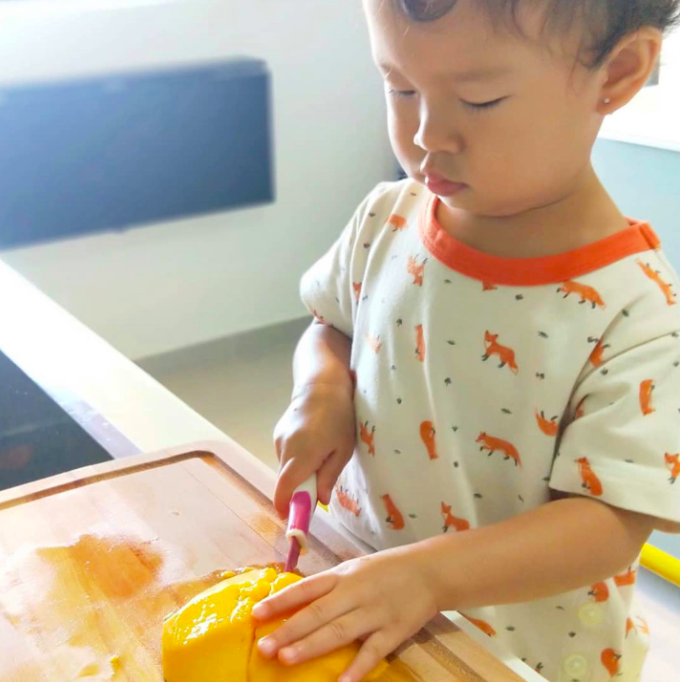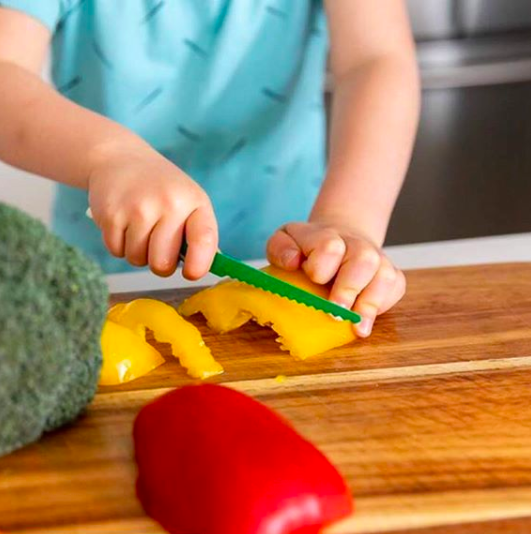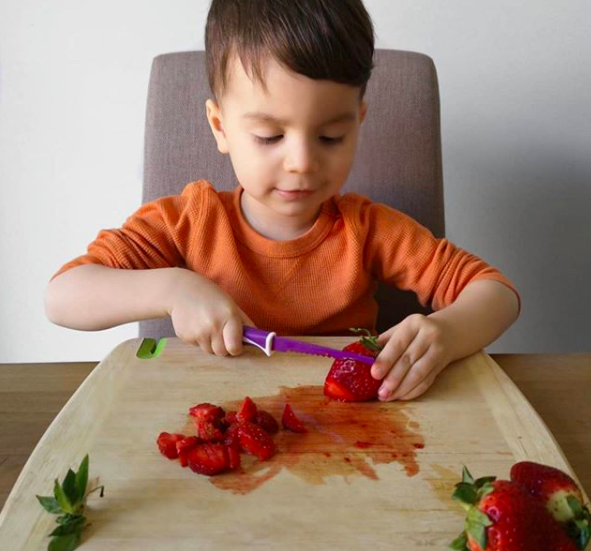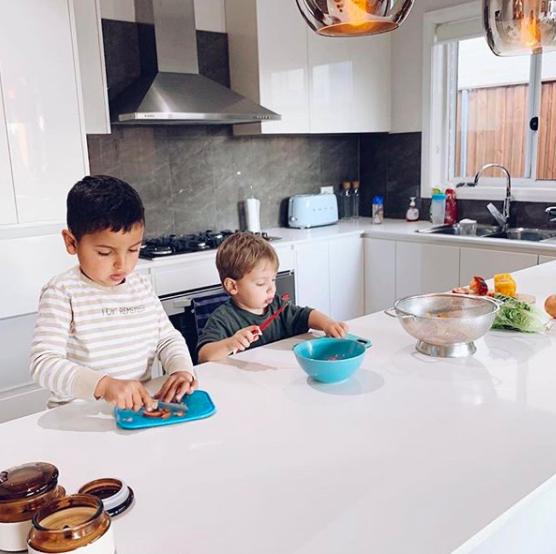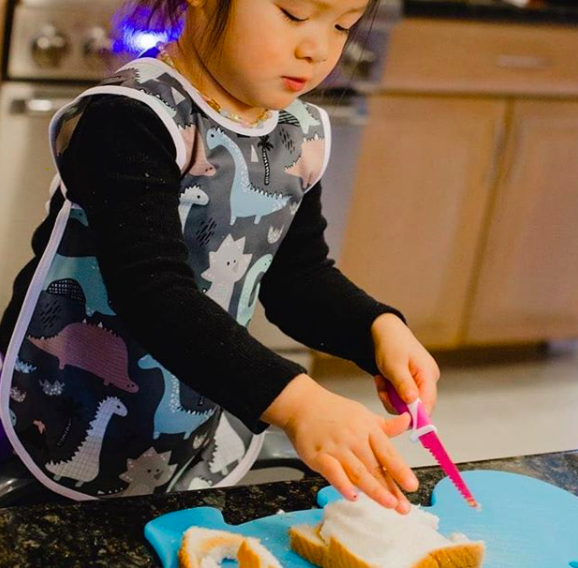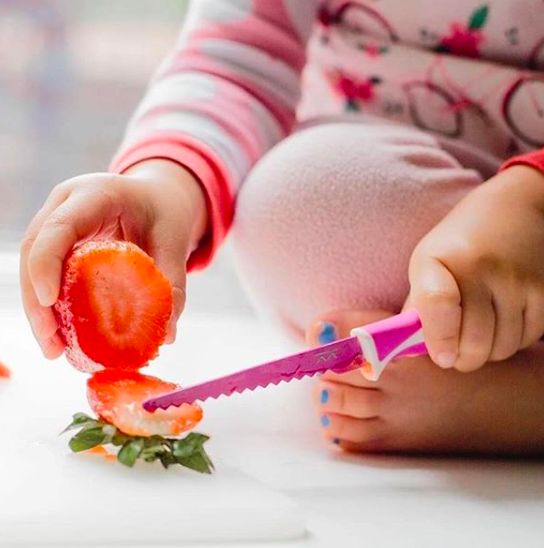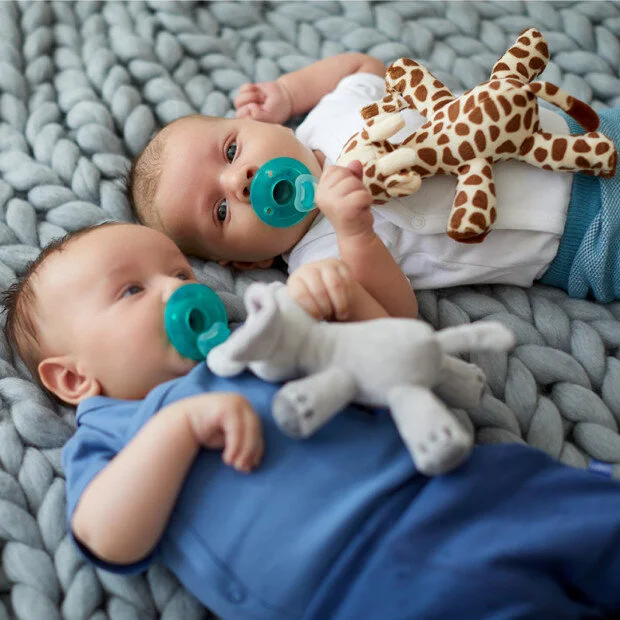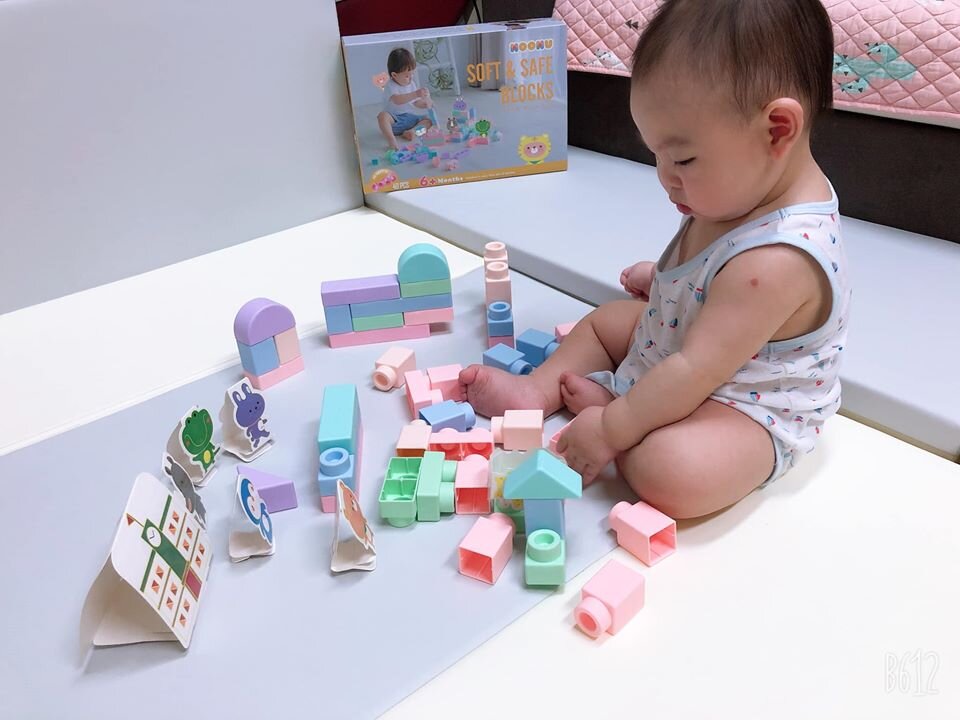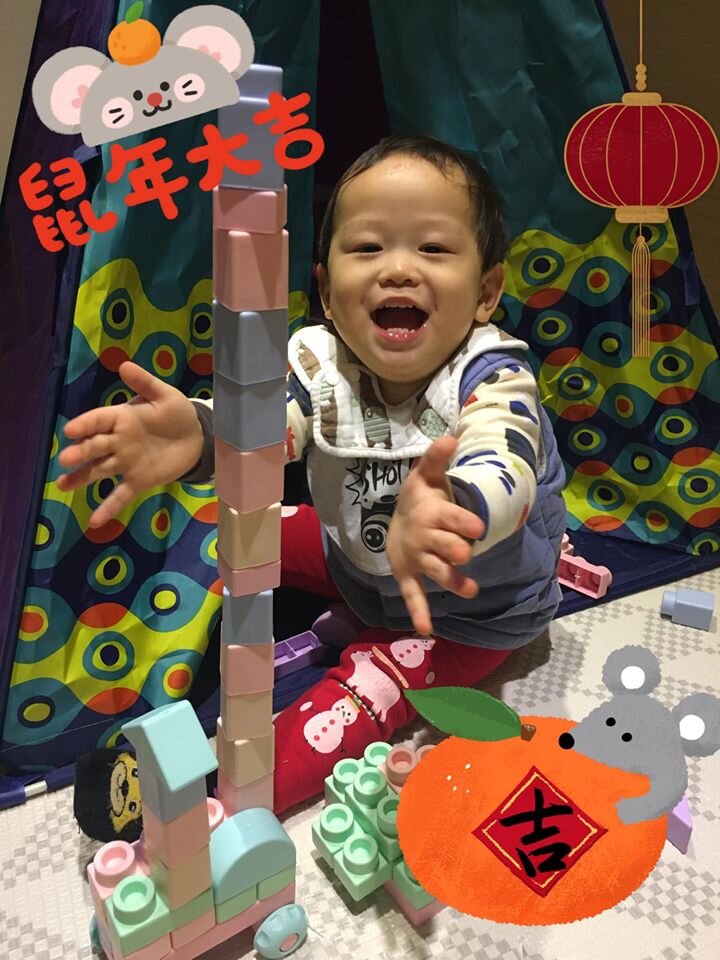The Top 10 Must-Have Essentials for Babies up to 3 Years Old
/Bringing a new life into the world is a beautiful journey filled with wonder and excitement. As your baby grows from a tiny bundle of joy to an adventurous toddler, certain essentials become indispensable for their well-being, development, and happiness. From the coziness of swaddle blankets to the stimulation of educational toys and the practicality of high-quality tableware, here are ten must-have items that will guide you through the incredible first three years of your child's life. These essentials not only ensure their safety and comfort but also contribute to the joyous moments and precious memories you'll create together on this remarkable journey.
Certainly! Here's a list of 10 essential items for babies up to 3 years old:
Swaddle Blankets: Swaddle blankets provide comfort and security for newborns and infants. They help with sleep by mimicking the womb's warmth and coziness.
Educational Toys: Age-appropriate educational toys stimulate a child's cognitive development. Items like building blocks, interactive books, and puzzles engage young minds and encourage learning through play.
High-Quality Tableware: Invest in safe and durable tableware for your child's meals. Look for BPA-free, non-toxic materials in plates, bowls, utensils, and sippy cups to ensure their safety.
Stroller: A reliable stroller is a must-have for outings and walks. Choose one that suits your lifestyle, whether it's a compact travel stroller or a rugged jogging stroller.
Car Seat: Safety is paramount when traveling with a baby. Make sure you have a properly installed rear-facing car seat suitable for your child's age and size.
Diaper Bag: A well-organized diaper bag makes outings smoother. It should include essentials like diapers, wipes, changing mats, baby lotion, and a change of clothes.
Baby Monitor: A baby monitor with audio and video capabilities helps you keep an eye on your child while they sleep or play in another room. It offers peace of mind and convenience.
Childproofing Supplies: As your baby grows into a curious toddler, childproofing becomes crucial. Secure cabinets, outlets, and sharp corners with safety gates, outlet covers, and edge protectors.
Convertible Crib: A convertible crib that transforms into a toddler bed is a long-term investment. It adapts to your child's growth and provides a safe sleeping space.
Child-Friendly Books: Building a love for reading begins early. Board books with vibrant pictures, touch-and-feel textures, and simple stories are perfect for infants and toddlers.
Remember that every child is unique, so your specific needs may vary. These essentials provide a solid foundation for a safe, nurturing, and stimulating environment for your baby as they grow into a curious and active toddler.


